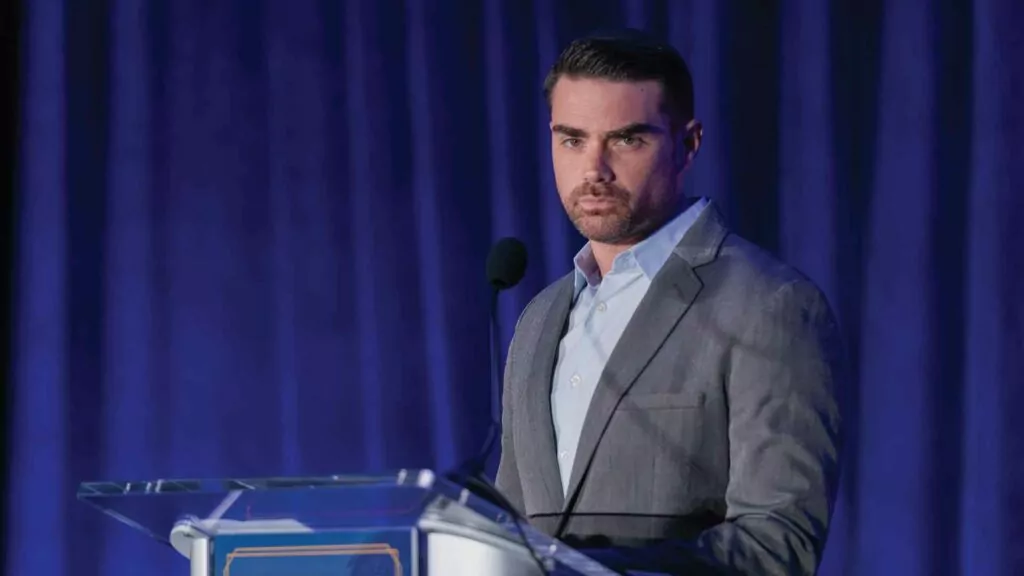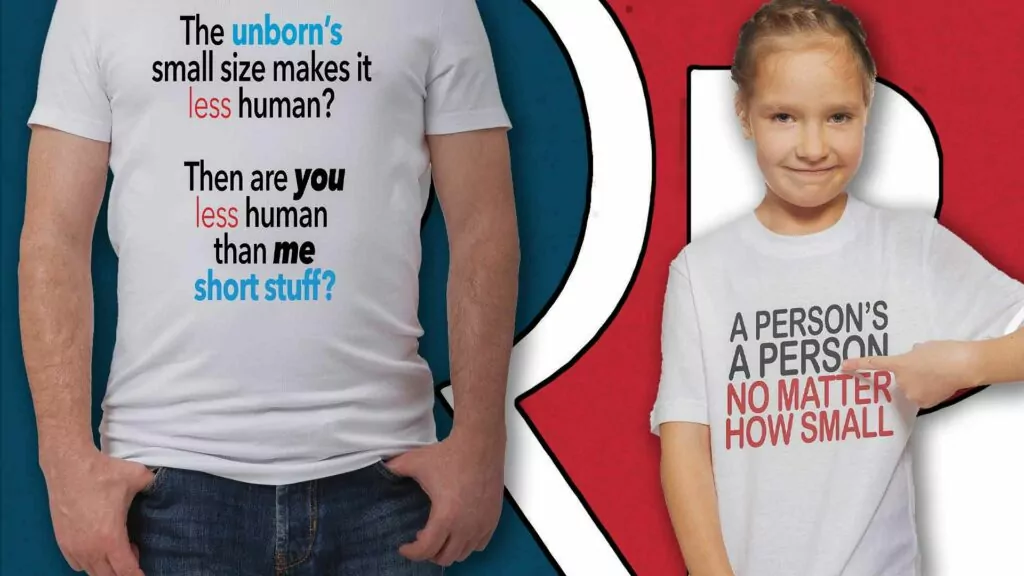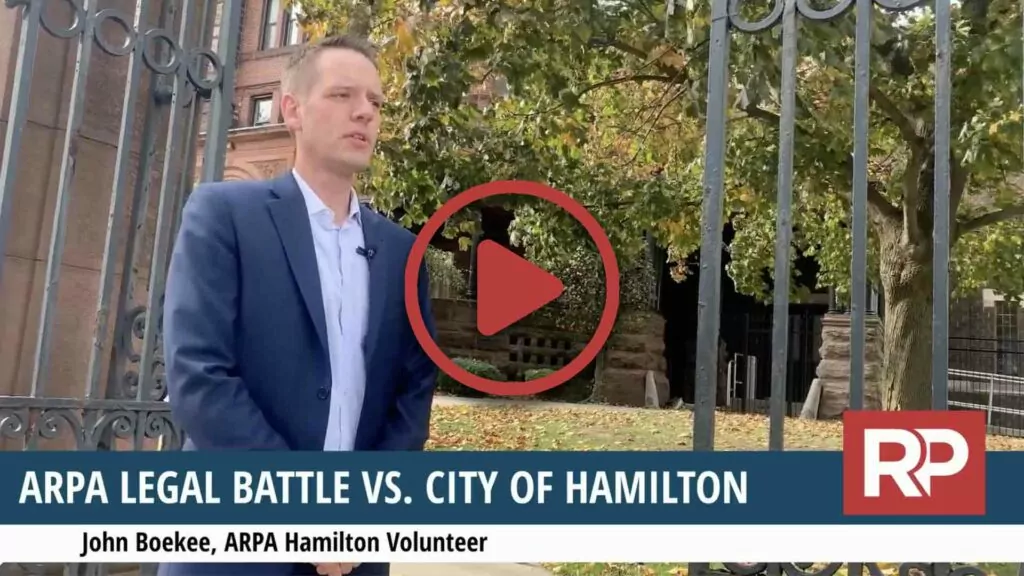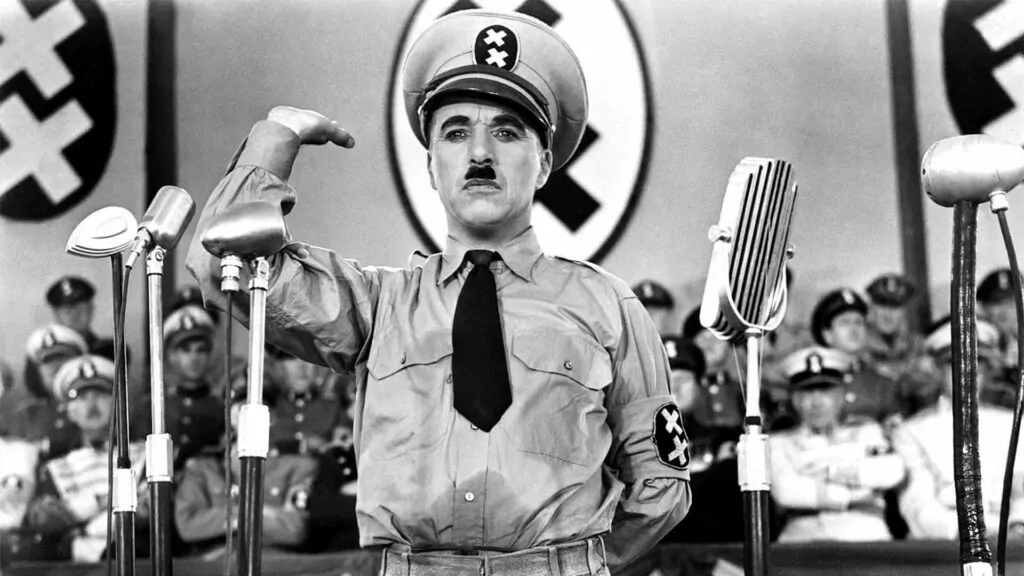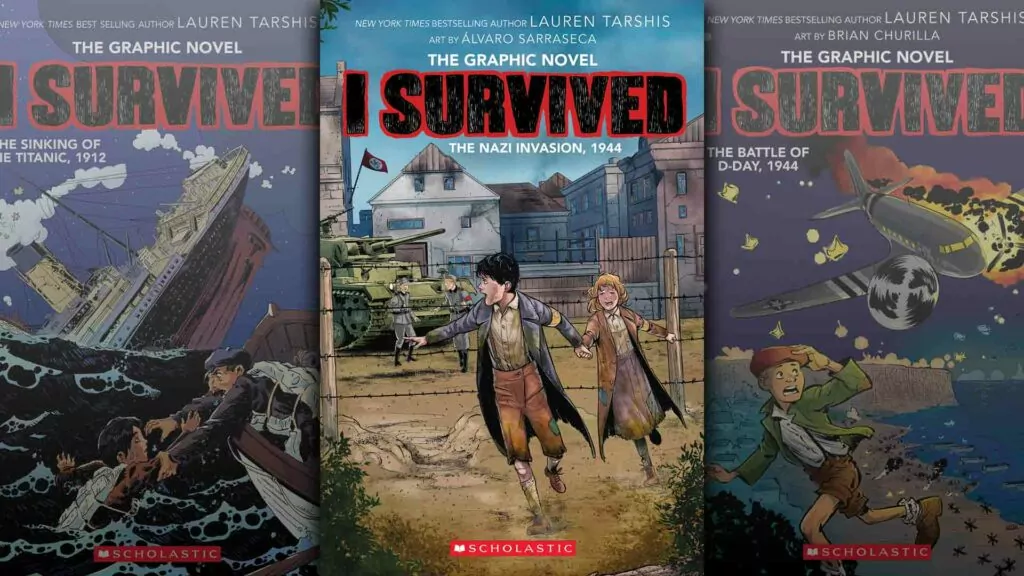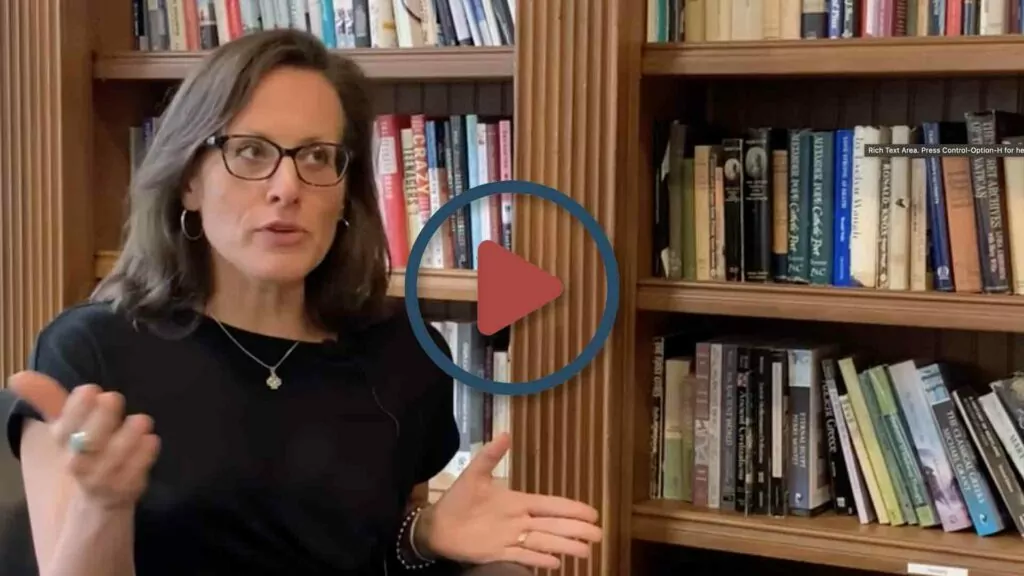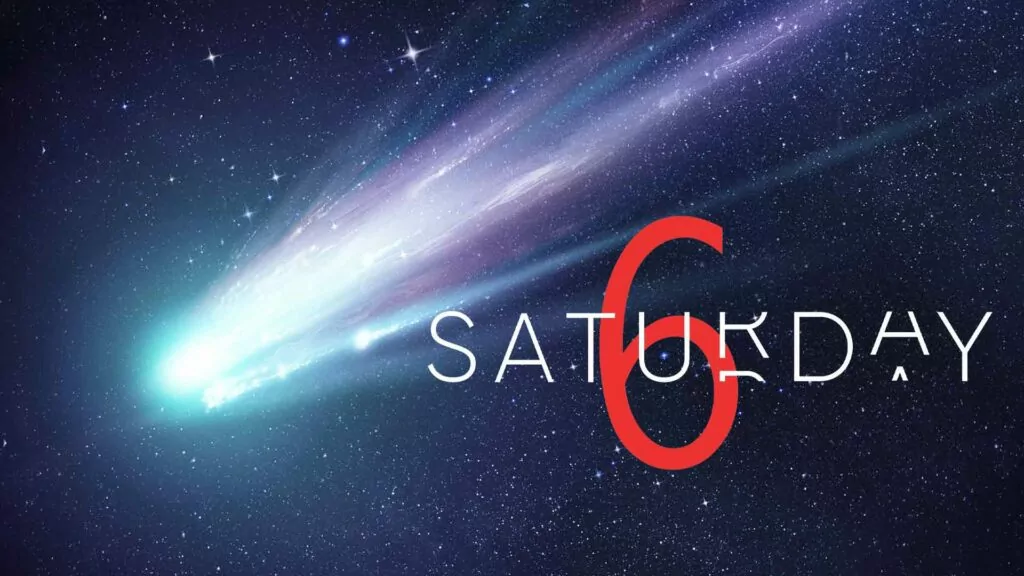I survived the Nazi invasion, 1944 (8 books)
by Lauren Tarshis
art by Alvaro Sarraseca
2021 / 158 pages
Max and Zena are two Polish Jewish children who, at the time our story begins, have survived for almost five years living under Nazi rule. After Hitler's German troops conquered Poland, their mistreatment of the Jewish population started immediately. Jews were spat on, their synagogues burnt down, and their businesses destroyed. In the town of Esties, as happened elsewhere, Jews were forced to all move to the same small neighborhood, which was then walled off with barbwire so the Jews could never leave.
With no employment, food was hard to come by, so when Max and Zena come across a raspberry bush just on the other side of the fence, Max decides to risk it. He slips through the wires to grab some berries. They both get caught. To save his sister, Max attacks the Nazi guard, whose gun goes off in the struggle, the bullet hitting the soldier in the knee.
There's nothing to be done but to run, so off they both go into the woods. During the first long night in the woods, Max does some remembering, and we're given the siblings' backstory, how their aunt had warned them not to move into the ghetto, and how their papa had argued it was best just to go along with whatever the Nazis ordered. Their aunt soon disappeared. To America? That's what Max hopes. When the Nazis then take away Papa and the other men – to where no one is sure – Max and Zena are left to fend for themselves.
Flashback complete, we see the two escapees stumble across a farmer. Will he help or turn them in? Thankfully he is a friendly sort, and after misdirecting the Nazi searchers, the farmer introduces them to the Polish underground. These are Polanders who have never stopped fighting the Nazis, and who have a safe place to hide in the woods. The siblings are delighted to discover that one of the underground fighters is their very own aunt!
CAUTION
When the Nazi soldier is shot in the knee, there is some blood shown, but not in much detail. A little more gory is a two-page recounting of a story that Max's father used to tell him about how David fought Goliath. We see rock-to-face with some blood spattering, but fortunately, the giant's beheading is dealt with just outside of frame (David is described and depicted as a boy, maybe of 10 or 12, and there is good reason to think he was an older teen instead).
The scene is echoed some pages later when Max has to resort to hurling a rock to stop two Nazis about to shoot his sister. Again, we see rock-to-face, some small blood smattering, and, maybe more disturbing, a frame of the soldier, seemingly dead, staring up blankly. A gunfight follows, concluding with Max realizing that the Nazi trying to kill them is just a boy only a little older than himself. He realizes this just as his friend Martin fires and kills the young soldier. That's the most devastating scene in the story, made so not because of the blood spattering, but because we learn that Hitler was turning near-children into murderers.
RECOMMENDED
This is a really well-done graphic novel, recounting a part of the war that our Canadian-Dutch heritage children might not be that familiar with: the Polish Jew's perspective. I'd recommend it for 12 and up, but add that many younger kids would be able to handle it too.
There are plans in place for at least 13 books in the I Survived... graphic novel series. So far, I've read 12 and quite enjoyed eight of them, though I don't think all the others are as significant as I Survived the Nazi Invasion. The eight recommended ones are, in historical order:
I Survived the Great Chicago Fire, 1871 – This is a bit of American history famous enough that many a Canadian has heard of it. A city full of quickly built wooden buildings goes through a heat wave, and while their fire department is impressive, one night they just can't keep up, and a one-mile by four-mile length of the city goes up in flames. This comic has it all, with the brave young lead willing to stand up to bullies and risk it all to save the girl.
I Survived the Sinking of the Titanic, 1912 – Our guides are a pair of young siblings, including a rascal of a boy who manages to discover every last one of the Titanic's rooms, ladders, and passageways. While two-thirds of the passengers and crew lost their lives, everyone we're introduced to in this story makes it out, which makes it a relatively tame account of this tragedy.
I Survived the Nazi invasion, 1944 – as reviewed above.
I Survived the Battle of D-Day, 1944 – If you were to buy only one of the two 1944 World War II stories, it should be the one above, but D-Day is good too. Paul Corbet is a French kid whose village has been under Nazi rule for years now. His dad was party of the army, but in a German camp now, his best friend Gerard, a Jewish boy, was taken away with his whole family, and his favorite teacher was shot right before his eyes. And now a US paratrooper needs his help. Where can Paul hide him? The author throws in a messenger pigeon that won't carry messages (but will fight Nazis) for some comic relief, and tamps down on the tension by keeping it largely gore-free (even when people are shot). So, not one for the under 10 set, but over should be able to handle it.
I Survived the Attack of the Grizzlies, 1967 – This is the story of what led to two fatal grizzly bear attacks occurring on the very same night in the US National Park system. Melody Vega and her little brother are visiting their grandpa at his cabin in Glacier National Park – their mom recently died, and their dad thinks it's important for them to head out to their traditional summer vacation spot even without her. But when a grizzly follows the girl right back to her cabin and tries to break down the door, Melody and her mom's best friend start investigating why the bears in the park are acting so strange. This isn't a Christian book, but the moral is that humans have to take better care of God's creation – Christian kids should recognize the stewardship implications. People were dumping their garbage where bears could get it, which made for great shows for the tourists ("Come to the back of our inn and see the bears up close as they eat") but which got the grizzlies dangerously familiar with people. It also harmed the bears physically, from the glass and trash they ingested along with the food scraps. There is some minor nonsensical environmentalism along with the stewardship message: kids are told they can protect wildlife by not buying single-serving bags of chips. It's quite the leap to go from showing the danger of feeding bears our garbage to saying that we're hurting them when we buy a big cookie wrapped in plastic. No, not if we throw the wrapper in the garbage. But this departure only amounts to a few sentences in the whole 150+ page book.
I Survived Hurricane Katrina, 2005 – Barry Tucker's family tried to obey the mandatory evacuation order. But when all the roads leaving New Orleans were backed up for miles with wall-to-wall cars, and then his little sister got really sick in the car, they decided to turn back. They were going to tough it out at home, like they had for many a storm before. The difference this time was that a levee – one of the huge walls holding the stormwater back – completely crumbled, and suddenly the city, and Barry's street, were underwater. Even the attic wasn't high enough! Things get more dramatic when Barry gets separated from his family, falling into the flowing water. Then his resourcefulness and bravery are on full display, as he not only saves himself but saves a dog that he used to be terrified of. There is a happy ending for all at the end when Barry reunites with his family. The history here isn't as relevant to non-Americans, but this is a good story. One caution, or at least a point worth discussing with kids, would be the superhero character that Barry created with a friend, and how that fictional superhero serves as a source of hope for him and his sister. This is what unbelievers accuse Christians of doing – placing our hope in a fictional god just to make ourselves feel better. Here, Barry is actually doing so.
I Survived the Attacks of Sept. 11, 2011 – 11-year-old Lucas loves football, but football may not love Lucas. When his parents tell Lucas that his third concussion in two years means he has to stop playing, he skips school. He has to go talk to his Uncle Ben, the guy who got him interested in football in the first place. Both Uncle Benny and Lucas's dad are New York firefighters, and Lucas is desperately hoping his uncle can get his dad to change his mind. But as he's talking with his uncle, we see the first plane hit one of the city's Twin Towers. Lucas has to stay behind as Uncle Benny and all the other firefighters head out to help. Author Lauren Tarshis initially considered having Uncle Benny be one of the victims but realized that would be too much for her young readers. So, all the main figures do make it out alive, but many of their friends don't. I thought this would be a heavy book for my kids. It wasn't, or at least not any more so than the others. I get it now – I lived through this and they didn't. It's just more history for them.
I Survived the Japanese Tsunami, 2011 – Japan got slammed by three related blows in 2011. First, a magnitude 9.1 earthquake, the fourth largest ever recorded, had its epicenter just off the coast, and while Japanese buildings are designed to withstand quakes, this one was so violent it still destroyed thousands of homes and businesses. More devastating, it trigger a tsunami – a giant wave, more than 120 feet tall, that swept in from the ocean and took out whole villages. It also took out the Fukushima nuclear reactor, which then overheated and released poisonous radiation into the water and air. It was such a massive discharge I remember concerns about whether it could make it across the Pacific to impact us here on the North American coast. Ben is an American boy visiting his Japanese relatives when the earthquake strikes. He's recently lost his father to a car accident, but as one disaster after another hits, Ben remembers his dad's advice on how to stay calm so you can think through what you need to do. That advice equips Ben to help his little brother, and help himself when the floodwaters separate him from the rest of his family.
TAKE IT OR LEAVE IT
I Survived the Great Molasses Flood, 1919 tells the tale of a young girl, Carmen, who recently immigrated to the US, after she lost her mother back in of Italy due to a tragic tsunami wave in 1908. Then, midway through the book she loses her father to the Spanish Flu. That strikes me as a bit much for a book with a target audience of tweens. And we haven't even gotten to the story's central tragedy. In 1919, on the north end of Boston, a 2-million gallon molasses reservoir burst sending a flood of the sticky mess down the streets, killing 21 and injuring 150. I almost recommended this – it isn't that it is so bad. It's more that it is a grim story which isn't all that pressing for our young children to know about.
DON'T BOTHER
I wasn't impressed with I Survived the Shark Attacks of 1916, where the new kid in town pranks his friends by spreading ketchup on the dock only to see a real shark swim up the river. Of course, now no one will believe him, and he ends up paying for his prank with a piece of his calf the shark bites off. That makes this unnecessarily grim. After all, why do kids need to learn about this particular shark attack? They can learn not to cry wolf without the panel-by-panel depiction of a shark attack. To be clear, it isn't super gory, but as there is no particular reason to get it, I'd argue there's also no particular reason to overlook any gore.
I Survived the American Revolution, 1776 struck me as too simplistic, with the main Loyalist shown as a bully and vicious slave-owner, while the boy revolutionary is brave and anti-slavery. Maybe its my Canadian roots showing, but, really? Additionally, the Lord's Name is taken in vain once.
Greek gods come up predictably in I Survived the Destruction Of Pompeii. AD 79, but another god makes a surprise appearance: Science. The young narrator is told by his father, "It's natural for people to blame the gods for things they don't understand. But Science always holds the answer." Always? While our kids will see through the greek gods, they may not be discerning enough to see how this accusation is made against Christians today – that our faith is simply what we turn to when we don't have better explanations, but Science always provide the real answers. But this ignores that Science, when elevated to that kind of god-life status, doesn't measure up. Its ever changing, insufficient, and ideologically-blinded answers pale in comparison to God's unchanging, established Word.
CONCLUSION
So, there are a few to give a miss, but overall, this is quite a series. I'm looking forward to the 13th book, scheduled for February 2026, called I Survived the California Wildfires, 2018....
